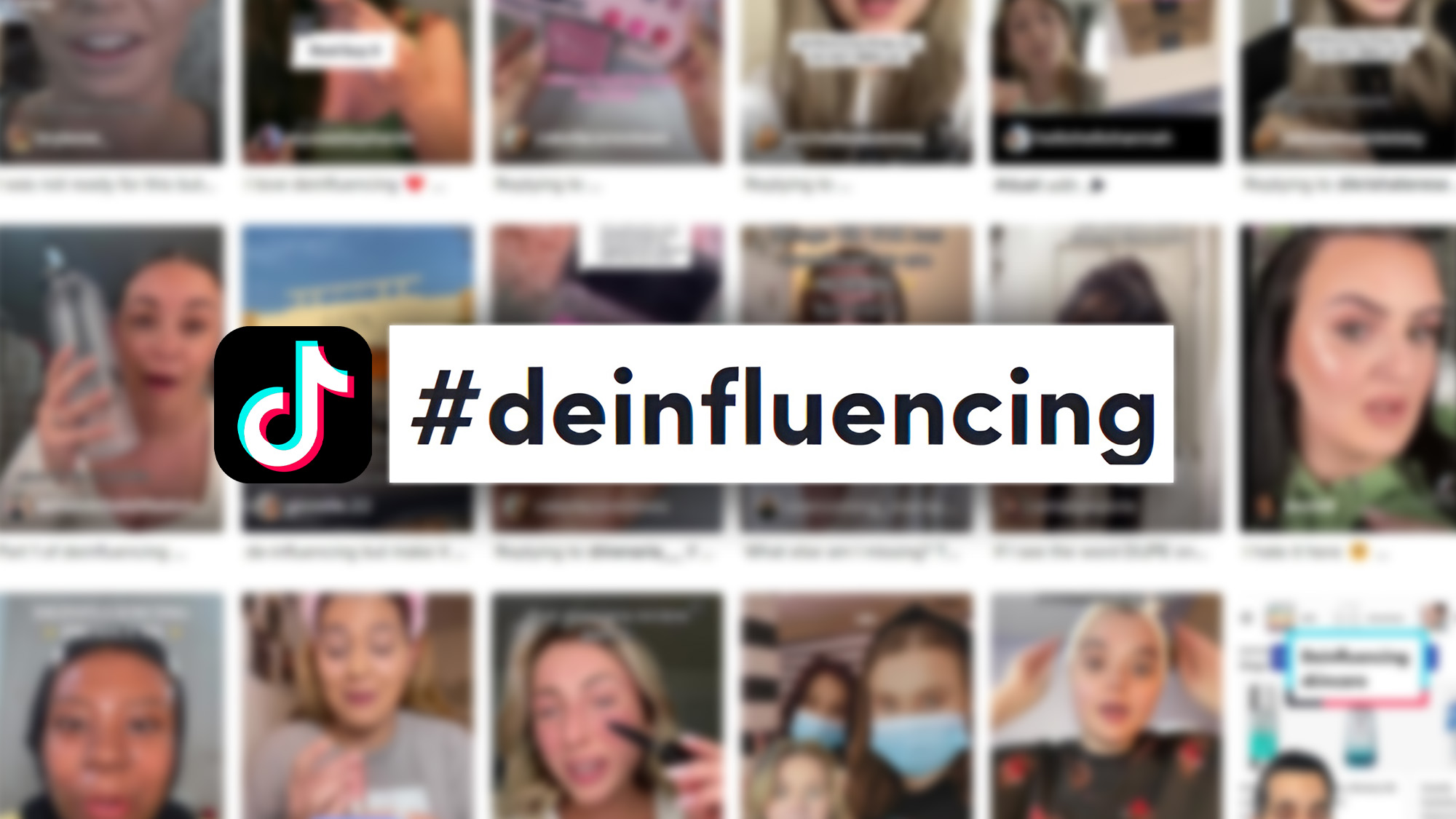Through its fast-paced videos and easy potential for fame, TikTok has easily gained the attention of billions and has been the catalyst for countless viral trends.
Early this year, a new trend began to emerge that largely goes against that standard. Creators “de-influencing” videos have quickly taken the internet by storm. The hashtag has already amassed approximately 219 million views.
TikTok seemingly has a new viral product at every turn, often making it impossible for users to constantly keep up with these short-lived and niche fashion and beauty trends. “De-influencing” has set out to help users feel better about the overwhelming number of products they “need” to buy.
Essentially, creators inform consumers on what not to buy, often discouraging them from purchasing some of the app’s most popular products.
[The Diamond Drag: Lip Sync LaLaPaRuza of ‘RuPaul’s Drag Race’]
As somebody who has been the victim of regrettable and unnecessary TikTok purchases, I was pleasantly surprised to see a slight change from the culture of overconsumption on the app.
Social media for the most part has popularized the constant consumption of fast fashion. With cheaper items being bought and thrown out at a rapid pace, more clothing ends up in landfills. But TikTok has long been a proponent of consistent fashion shifts.
So, this “de-influencing” approach is the antithesis of what is ordinarily promoted in regards to fashion and beauty on the app, and highlights a pattern of inauthenticity we have seen from influencers pushing sponsored products.
Compared to traditional celebrities, influencers with large social media followings have a different type of captivation on their audiences. These creators are often viewed as more relatable, and their type of success seems far more attainable to an average user.
According to statistics reported by the Digital Marketing Institute, about 70 percent of teens trust influencers more than celebrities. Alongside teens, about 49 percent of consumers depend on influencer recommendations. For influencers, getting their audience to immediately buy a product would be an easy task.
For once, users are challenging this undeniable grip.
[‘The Woman King’ illustrates what Black vulnerability can look like]
For a generation so entrenched with immediately buying the next viral item, however, the simple side of “de-influencing” didn’t stay for long. Although many videos were made with good intentions, the point soon became lost on many influencers.
Instead of plainly recommending products their viewers should not purchase, creators began to start recommending much less expensive alternatives for originally viral items.
The trend took a turn and people began promoting items that they swore were exactly the same product for a much lower price. Instead, many are now being encouraged to buy even more for the same price.
As trend life cycles get shorter, the need to buy quickly grows. Even as users attempt to dissuade audiences for unnecessary products, both viewers and creators still end up focusing on what cheaper versions they should buy.
This begs the question of whether or not TikTok will ever be able to escape from the cycle of overconsumption that it helped create.
As these videos continue, it may predict a future for TikTok and social media in general. It seems that unless substantial action is taken, these platforms will continue to validate and promote these unsustainable trends.



